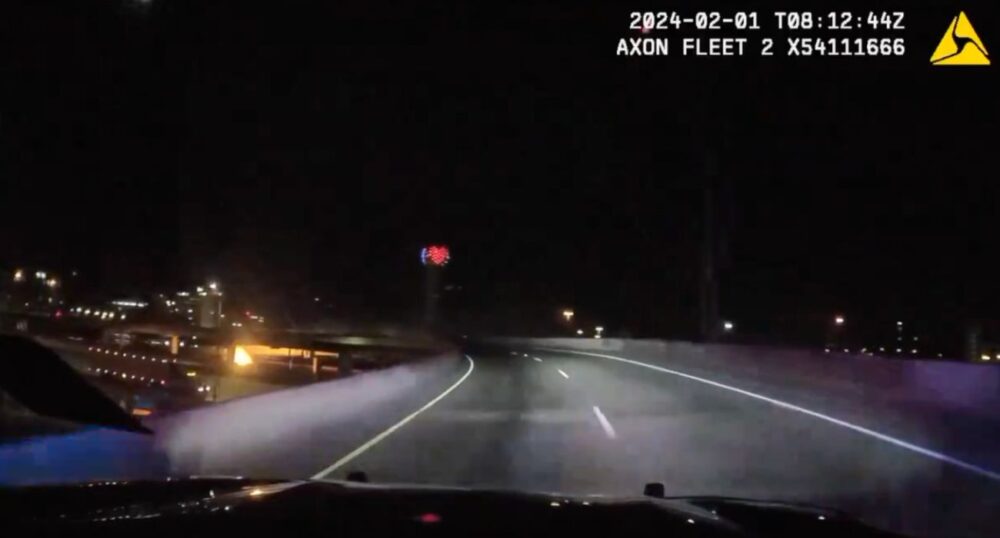On the heels of a fiery crash that killed four near Dallas a couple of weeks ago, a pursuit instructor discussed what actually happens during police chases.
Weighing in on the fatal police chase, Robert Wall broke down the phases of a pursuit to give people a better understanding of what happened. A former police officer and pursuit instructor, Wall left the job after nearly three decades to lecture on crime and justice at the University of North Texas in Denton.
“It’s the worst result that anyone can anticipate,” Wall said, according to NBC 5 DFW.
As previously covered by The Dallas Express, Irving police were pursuing a stolen vehicle early last Thursday when the suspect inadvertently drove off an exit ramp near I-35 and Woodall Rodgers Freeway. Four individuals were killed, and their identities were recently made public: De’Avion Aubert, 22, Sabria Lacey, 21, Anthony Lisbon, 21, and Robert Alexander Gowans Jr., 21.
Since 2018, Irving police have averaged two chases a week, with over 25% involving speeds reaching or exceeding 100 mph, CBS News Texas reported.
Like many police departments, Irving PD has a pursuit policy that requires officers to weigh the immediate need to apprehend the suspect against the risks of the pursuit on a continual basis. Yet such policies and how well they are enforced sometimes come under scrutiny, especially when innocent bystanders end up harmed.
As previously covered by The Dallas Express, a man from Rockwall and his 3-year-old son were on their way home when they were struck by a suspect driving a stolen vehicle during a high-speed police chase in Rowlett last October. The police denied any liability, and the man was left in considerable financial difficulty due to his totaled truck and considerable medical expenses for broken ribs, broken vertebrae, and a collapsed lung.
According to Wall, every pursuit involves not just the police officers but also their supervisors. Both actors are in constant communication, meaning the decision to give up on a chase falls on all their shoulders.
While a chase should be called off as soon as the benefits of continuing the pursuit outweigh the risks, Wall explained that that moment is often hard to identify. The situation is often intense and requires making split-second decisions.
The Dallas Police Department has had a longtime rule barring officers from pursuing suspects for anything other than a violent felony. At the same time, last year saw 18,841 reports of motor vehicle theft in Dallas, marking a 40.5% increase compared to the year prior, according to the City’s crime analytics dashboard. This year, Sector 130, which comprises Historic Downtown and Victory Park, logged a year-over-year hike of 51.7% in motor vehicle thefts in January alone.
Comparative studies between Fort Worth’s city center and Downtown Dallas have shown that roughly seven times more crime occurs in the latter. The former has a specialized neighborhood police unit working alongside private security guards to patrol its downtown area.
Downtown Dallas has become a hotspot for crime, at least in part due to DPD fielding only 3,000 officers citywide, even though a City report recommended a force of around 4,000 to ensure public safety in a jurisdiction the size of Dallas.
DPD will only have $654 million at its disposal this fiscal year, with City officials opting to spend considerably less on police operations than their counterparts in other high-crime municipalities, including New York City, Los Angeles, and Chicago.

